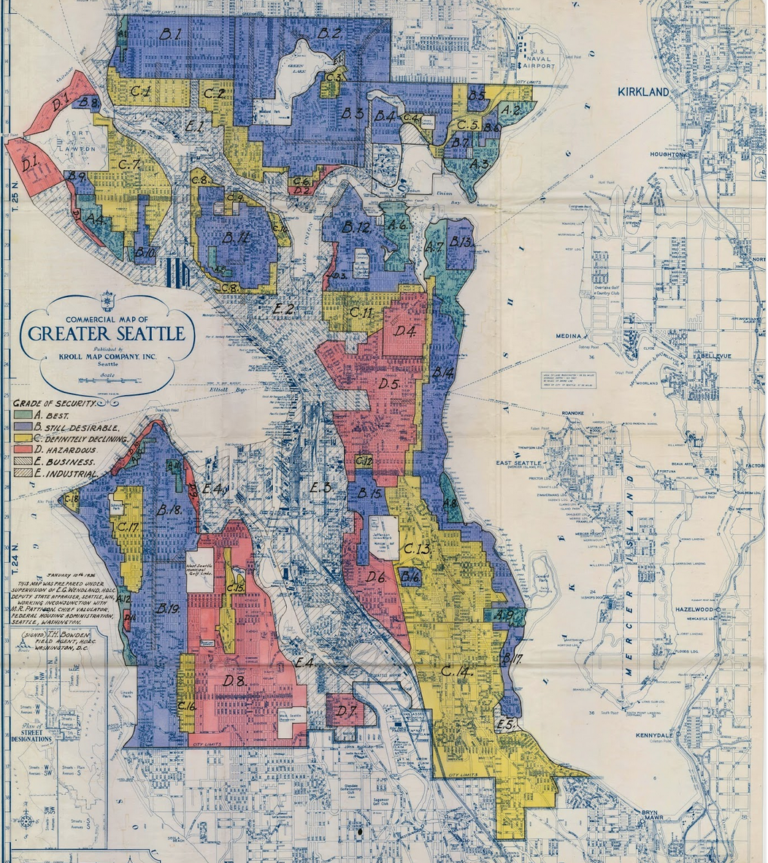Published on March 28, 2022

Despite dramatic improvements in air quality over the past 50 years, people of color at every income level in the United States are exposed to higher-than-average levels of air pollution. While this disparity has been widely studied, the links between today’s air pollution disparities and historic patterns of racially segregated planning are still being uncovered.
Now a new study from a team of researchers at UC Berkeley and the University of Washington has found that housing discrimination practices dating from the 1930s still drive air pollution disparities in hundreds of American cities today. In this study — the first to do a national-level analysis of modern urban air pollution and historical redlining — the team examined more than 200 cities and found a strong correlation between present-day air pollution levels and historical patterns of redlining.
The researchers published their findings March 9 in Environmental Science & Technology Letters.
“Racism from the 1930s, and racist actions by people who are no longer alive, are still influencing inequality in air pollution exposure today,” said co-author Julian Marshall, a UW professor of civil and environmental engineering. “The problems underlying environmental inequality by race are larger than any one city or political administration. We need solutions that match the scale of the problem.”
The term “redlining” describes a widespread federally backed discriminatory mortgage appraisal practice in the 1930s. This process color-coded city areas red if they included high concentrations of Black, Asian, immigrant or working-class residents, deeming these areas hazardous and excessively risky for investment. Redlining blocked access to favorable lending and other services. Historically redlined areas have been cumulatively affected by a low prevalence of home ownership, uneven economic development, displacement of residents, community disintegration and lack of access to education and economic opportunities.
In these cities, redlined areas consistently had higher levels of pollution today than areas that received favorable treatment. In fact, air pollution disparities associated with redlining status were even larger than those associated with race and ethnicity.
Continue reading at UW News.
Originally written by UW News staff for UW News.